
The 2020 Tasmanian Tiger catalog is now available online here.
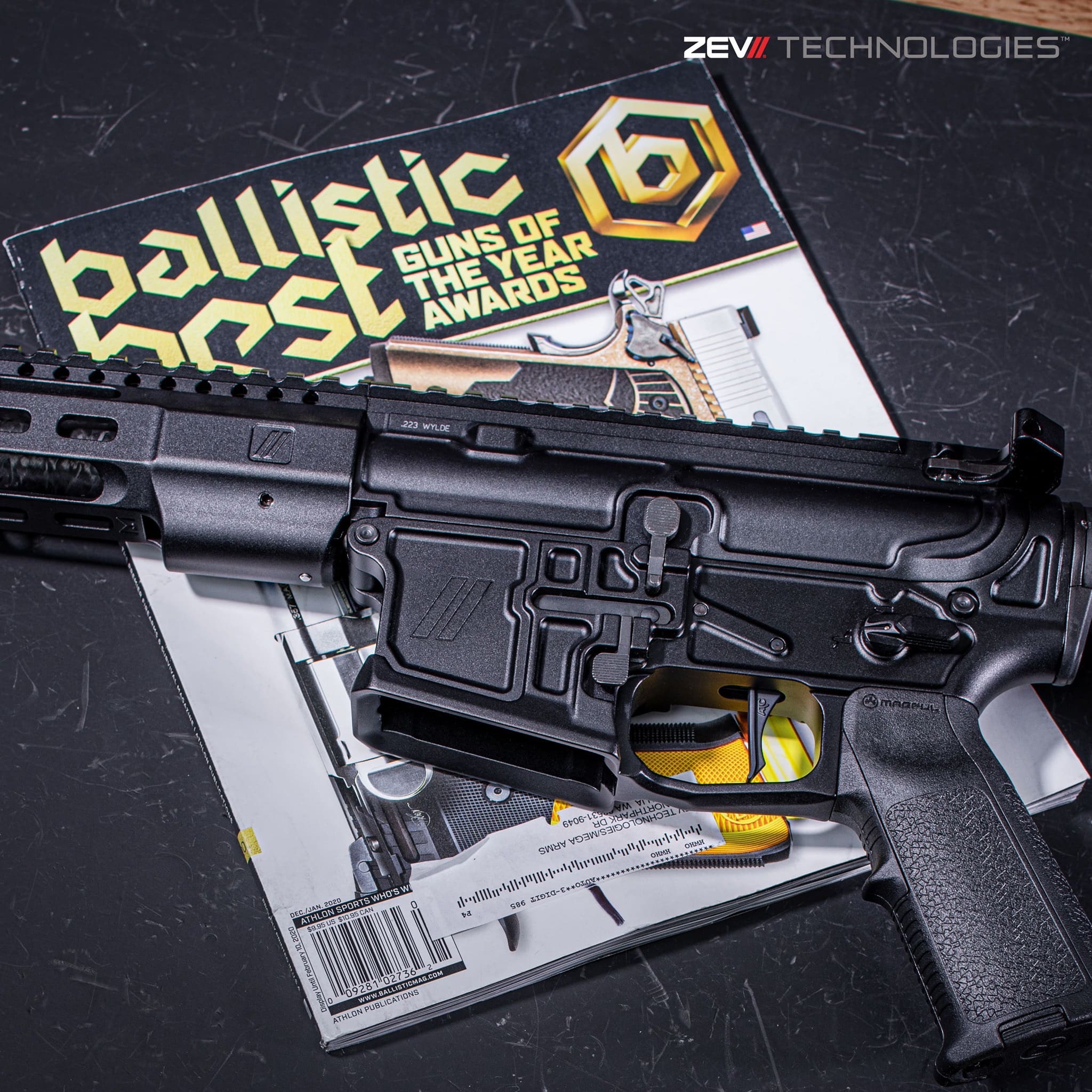
Not only did Ballistic magazine award ZEV Technologies Carbine of the Year, but they’re offering readers a chance to win one of their own by voting in their Reader’s Choice awards.
For full details, visit www.ballisticmag.com/2019/12/01/2019-ballistic-best-reader-choice-awards.
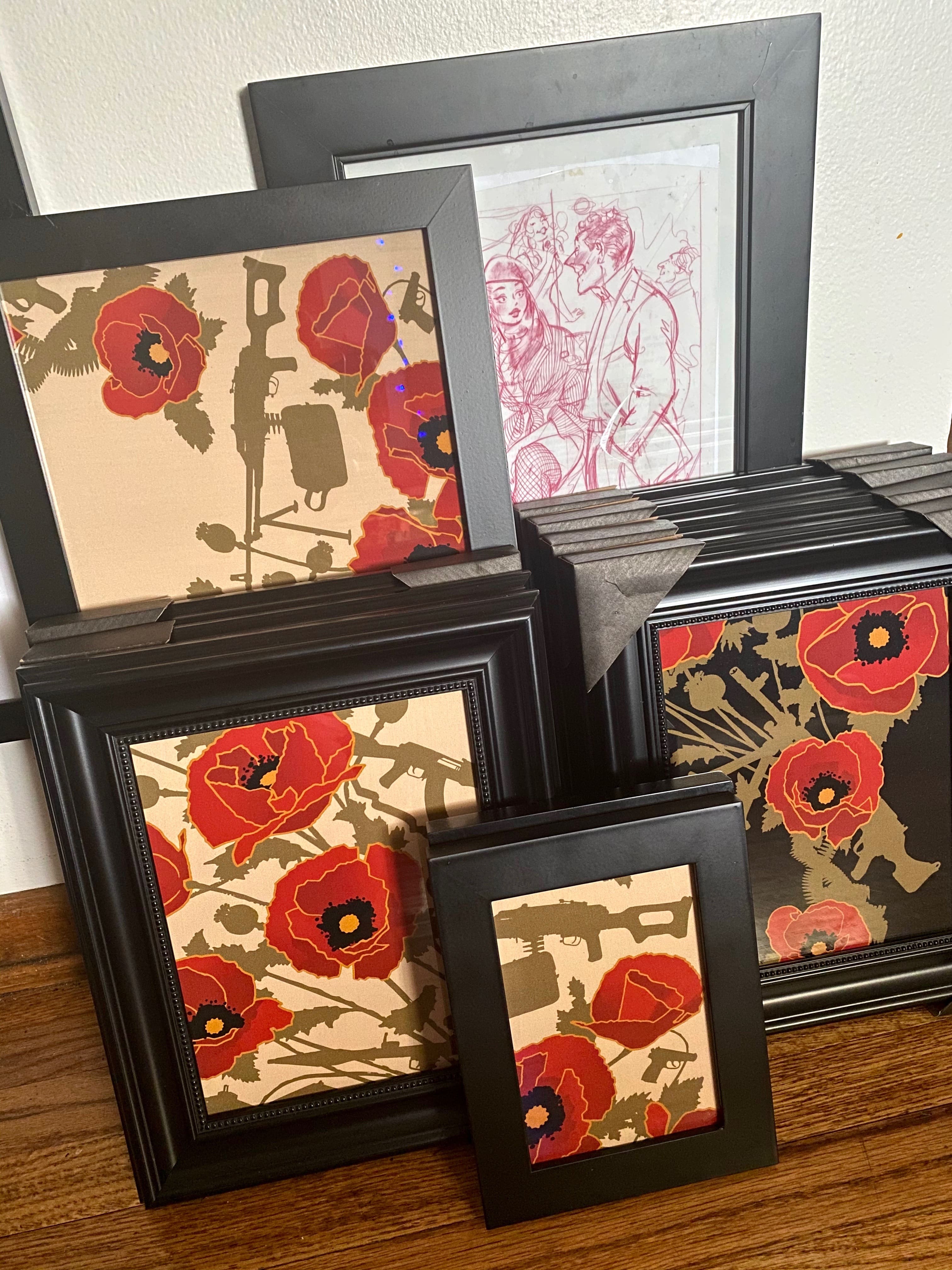
Pinup artist Andrew Bawidamann creates the Poppies of War print used by OTTE Gear for their Aloha shirts. He has taken some remnants of the fabric and created vignettes.
This isn’t just a pattern or a shirt. It’s art. These are handpicked Fabric vignettes framed by yours truly. If you missed out of the shirt this is a great opportunity to own a piece of it. I have one on my wall. It makes me happy. It feels like an Afghani version of a Japanese fabric print. I was considering doing a screen print but as I was looking at the printed fabric I realized it doesn’t get better than this. These are limited as there is only so much fabric. Signed, framed, and ready to hang on your wall right out of the box.
Each one is a little different but contains Poppies and weapon(s). All are Elegant. This is the same fabric that the Aloha shirt is constructed from.
Signed on the back for authenticity.
Vintage or Black
bawidamann.com/art/original-art

SIG SAUER is proud to introduce the long-awaited P320-M18, the civilian version of the US Military’s M18, the official sidearm of the U.S. Marine Corps. The M18 delivers the same accuracy, durability and unmatched reliability as the M17, in a compact size.
SIG SAUER Product Manager Phil Strader discusses the features and benefits of the new P320-M18.

Stock up on extra magazines for your P320-M18, Select from 17 or 21-round mags with coyote baseplates.

The revolutionary V-Crown family of centerfire ammunition now available in a +P military grade round. For the M17 and M18 pistols.
Earlier this year, Virginia Beach-based ADS, Inc temporarily lost their Small Business designation based on a determination of the Small Business Administration. Late last month, the SBA made a final determination that ADS was indeed a small business. Furthermore, DLA has now added them to the FES TLS contract.
ADS Inc.,* Virginia Beach, Virginia (SPE8EH-20-D-0001), has been added as an awardee to the multiple award contract for fire and emergency services equipment, issued against solicitation SPE8EH-16-R-0001, and announced March 21, 2019.

According to US Army Human Resources Command, the Chief of Staff of the Army has authorized the Coyote Brown Fleece Cap for optional wear with the Army Combat Uniform at the discretion of commanders. This change will be reflected in AR/DA Pam 670-1 in 2020.
Under Armour announces the second delivery of its “UA Trek” collection featuring Polartec fabrics. Pairing its outdoor performance heritage with current style elements for a complete head-to-toe assortment, the collection includes apparel made with Polartec® Micro technical fleece as well as Polartec® Power Fill™ insulation, each made of 100-percent post-consumer recycled content.
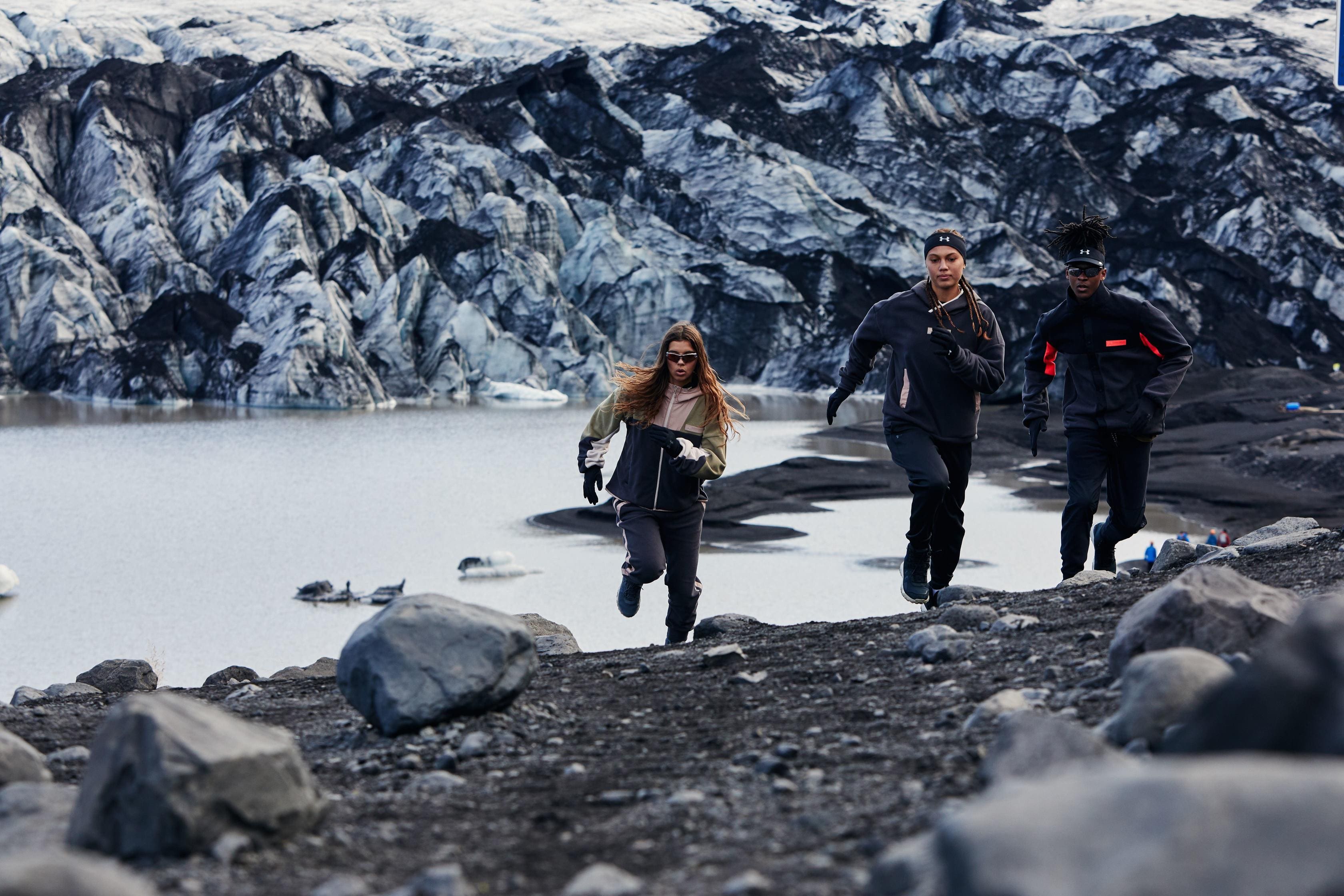
Inspired by workouts in outdoor environments, the products utilize premium Polartec® Micro fleece for temperature-regulation in the body of the garments, with Polartec® Power Fill™ insulation in the hoods for added warmth and weather resistance in cold conditions, enabling the modern athlete to traverse both cityscapes and the great outdoors with equal confidence.
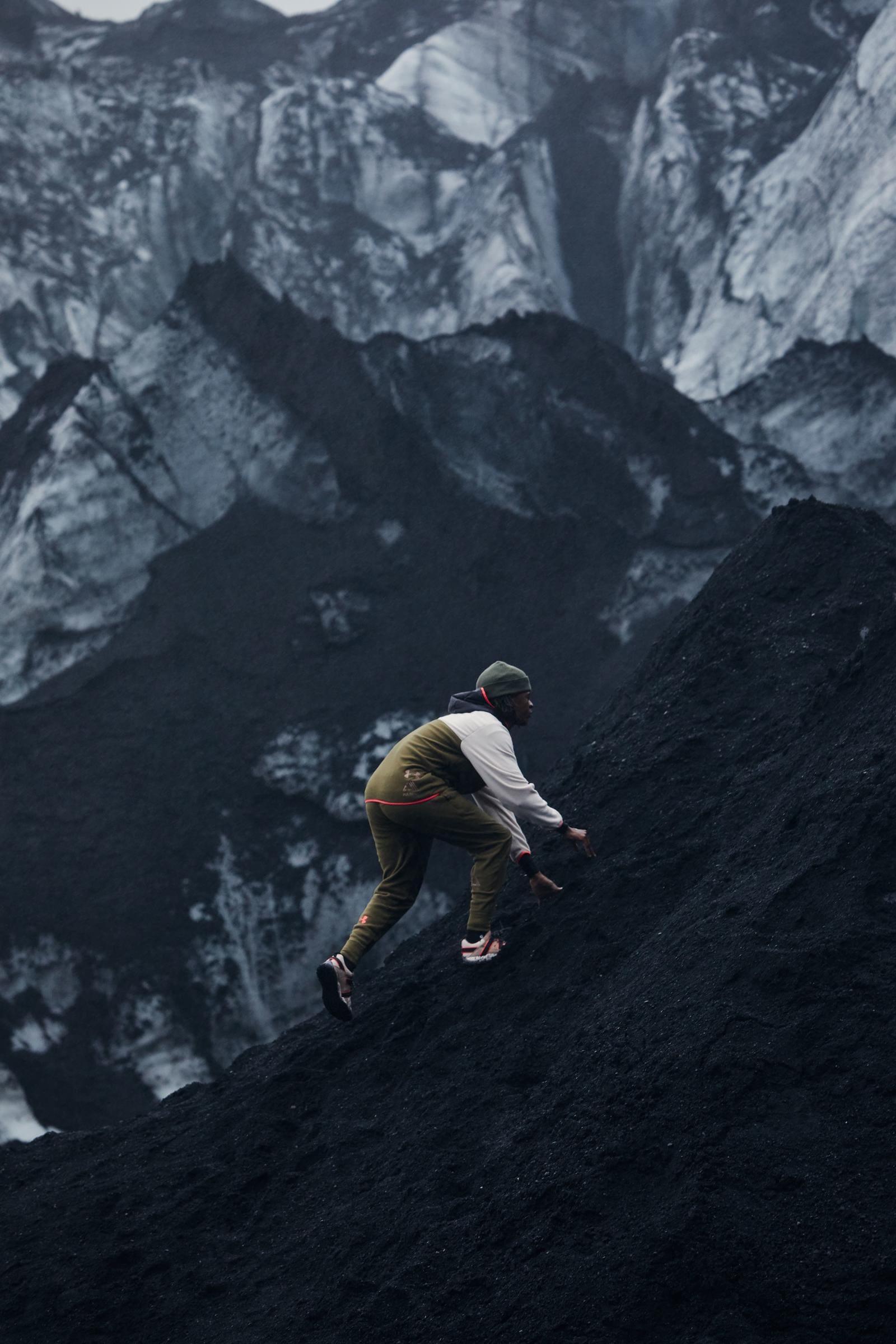
Engineered to provide comfort throughout a wide range of conditions and activity levels, premium 100-percent recycled Polartec® Micro fleece features a lofted structure with thermal air pockets to retain warmth without inhibiting breathability. Highly durable Polartec® Micro fleece is also hydrophobic and fast drying.
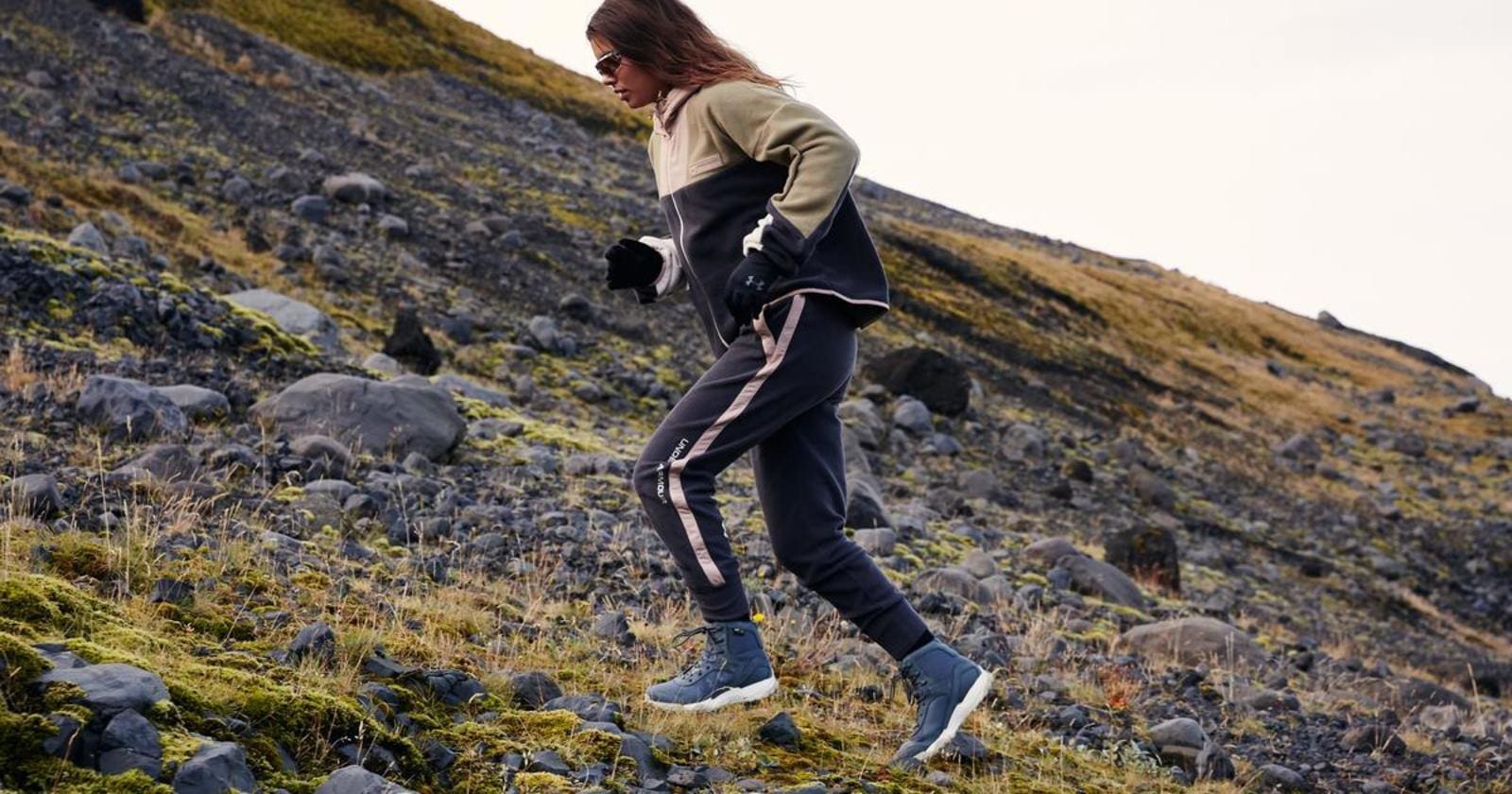
100-percent recycled Polartec® Power Fill™ insulation is engineered to provide maximum warmth without weight. The insulation is made of proprietary hollow fibers that are bonded together through a process that reduces environmental impact, while simultaneously providing superior insulating performance. Polartec® Power Fill™ insulation is also hydrophobic, fast-drying and highly compressible .
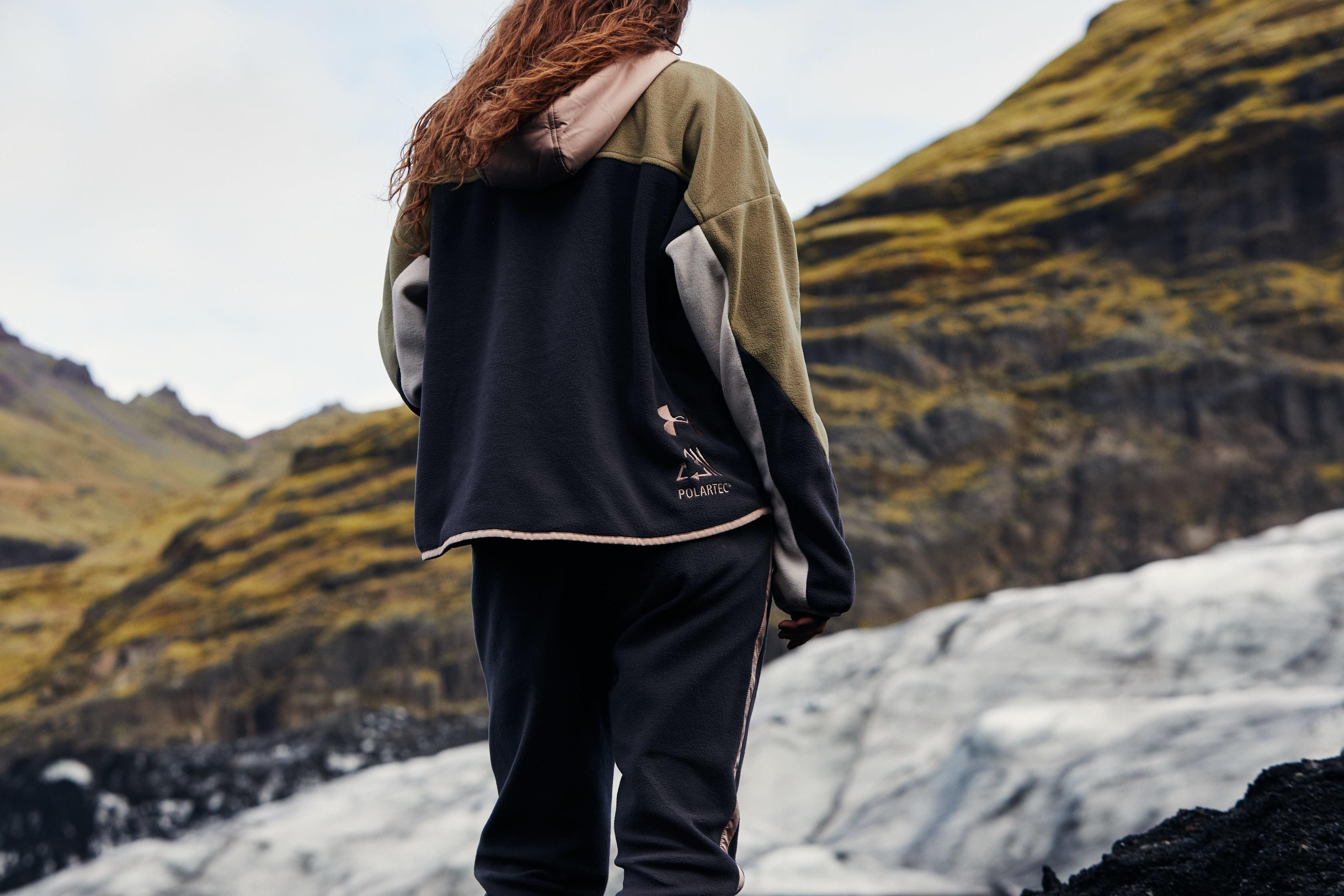
For women, the collection includes full-zip jackets (with and without a hood), a full-zip mock neck, and pants. For men, the collection includes full-zip jackets, reversible snap jackets, a crew sweatshirt, a 2-in-1 tee and pants. The pieces will retail for $55-120 (USD) and release globally on UA.com and UA Brand Houses beginning December 6.
Under Armour traveled to Iceland to capture the collection’s lookbook with distance runner, soccer player and nature enthusiast Angelina Krawczyk; softball athlete, model and Venice Beach, Calif. native Cailee Grayhorse; model and family member to basketball royalty Myles O’Neal; and former track athlete, celebrity stylist, model and artist Will Breveard.